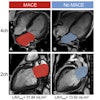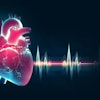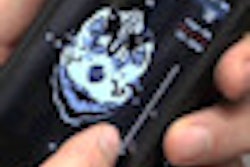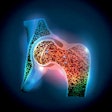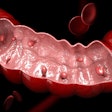Tuesday, November 27 | 3:50 p.m.-4:00 p.m. | SSJ22-06 | Room S403B
This scientific paper presentation will discuss how a content-based image retrieval (CBIR) technique shows potential for helping radiologists diagnose breast cancer on ultrasound studies.The researchers hoped to ultimately provide radiologists with a pictorial tool to aid breast cancer diagnosis, said presenter Karen Drukker, PhD, from the University of Chicago. To that end, they investigated whether a CBIR method based on mathematical lesion descriptors and similarity metrics could retrieve images of the correct pathology, i.e., of the same pathology as an unknown case, from a reference dataset of more than 1,200 lesions on breast ultrasound exams.
Except for an initial manual indication of the abnormalities' location in the images, the method was completely automated, Drukker said. To evaluate performance, a malignancy score was assigned to each new finding based on the fraction of retrieved images that represented breast cancer.
"Results were very promising, and, within the statistical power of this study, our content-based image retrieval method was able to distinguish between cancerous and benign breast lesions as well as a conventional neural network classifier," Drukker said. "A key implication of this work is that it may be feasible to develop a diagnostically useful CBIR method, which would be effective and efficient for radiologists to incorporate with more confidence into their interpretation and diagnostic decision-making, rather than just numerical output from a 'black box' classifier."
Future investigations will address the visual similarity of retrieved images to those of an unknown finding, and assess the potential impact on clinical decision-making, Drukker said.



